Name Lady Ellingworth | Role Social Worker | |
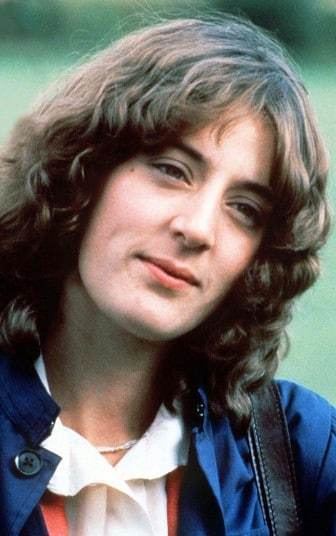 | ||
Spouse Charles Vincent Ellingworth (m. 1987) Parents John Knatchbull, 7th Baron Brabourne, Patricia Knatchbull, 2nd Countess Mountbatten of Burma Siblings Norton Knatchbull, 8th Baron Brabourne, Tim Knatchbull Nephews Frederick Knatchbull, John Knatchbull, Ludovic Knatchbull, Milo Knatchbull Born 26 June 1957 (age 63), London, England Similar Lady Pamela Hicks, David Nightingale Hicks, Ashley Hicks | ||
Lady Amanda Ellingworth
Lady Amanda Patricia Victoria Ellingworth (née Knatchbull; born 26 June 1957) is a British social worker and non-executive director of several NGOs.
Contents
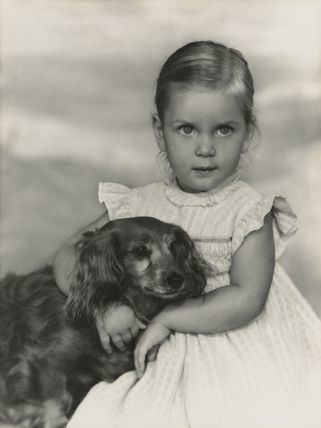
Education and career
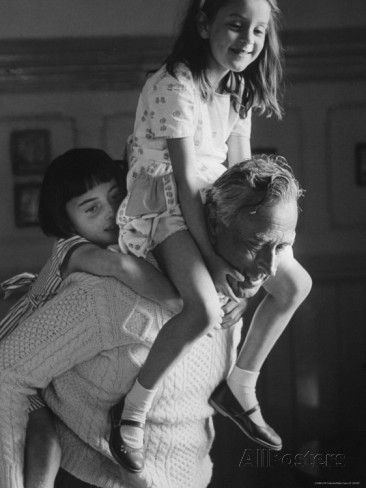
Ellingworth holds a BA Hons degree from the University of Kent, a CQSW qualification from Goldsmiths College, London, and a Certificate in Mandarin Language from the Beijing Language Institute.
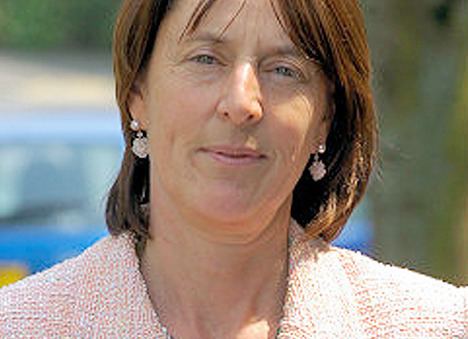
After a first career as a Social Worker, Ellingworth has worked at a senior level across Health (NHS), Children's Services, Adult Social Care and Affordable Housing. She currently holds several non-executive directorships, including as Chair of The Guinness Partnership.
Personal life
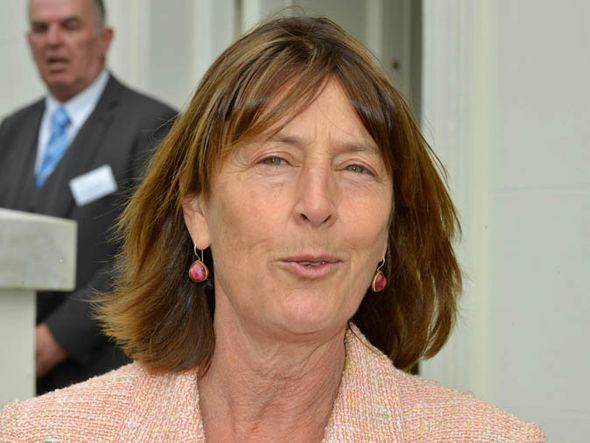
She married novelist and property entrepreneur Charles Vincent Ellingworth on 31 October 1987, eldest child of six in a Leicestershire Catholic family, who attended Ampleforth College and later read history at Oxford University. They have three sons, Luke (27 January 1991, London), Joseph (2 December 1992, Salisbury) and Louis (25 October 1995, Salisbury).
She is the daughter of the 7th Baron Brabourne and the 2nd Countess Mountbatten of Burma; therefore she is the granddaughter of Admiral of the Fleet the 1st Earl Mountbatten of Burma, a first cousin once removed of Prince Philip, Duke of Edinburgh, and a third cousin once removed of Queen Elizabeth II.
In early 1974, Lord Mountbatten began corresponding with his godson and great-nephew, Charles, Prince of Wales, offering advice on dating and the selection of a future consort: "In a case like yours, the man should sow his wild oats and have as many affairs as he can before settling down, but for a wife he should choose a suitable, attractive, and sweet-charactered girl before she has met anyone else she might fall for... It is disturbing for women to have experiences if they have to remain on a pedestal after marriage." Mountbatten had a unique qualification for tendering marital advice to the heir to the throne, having arranged the first documented meeting of Prince Charles' parents at Dartmouth Royal Naval College on 22 July 1939. He recommended that the 25-year-old prince get done with his bachelor's experimentation, and mentioned his granddaughter as a prospective consort.
According to his biographer, Jonathan Dimbleby (for whom Prince Charles himself arranged access to unpublished royal diaries and family correspondence), "[I]n 1974, following his correspondence with Mountbatten on the subject, the Prince had tentatively raised the question of marriage to Amanda with her mother (and his godmother) Patricia Brabourne. She was sympathetic, but counselled against raising the issue with her daughter, who had yet to celebrate her seventeenth birthday."
This did not daunt Mountbatten, who - four years later - obtained an invitation for himself and Lady Amanda to accompany Prince Charles on his planned 1980 tour of India. However, both fathers objected; Prince Philip complaining that the Prince of Wales would be eclipsed by his famous uncle (who had served as the last British Viceroy and first Governor-General of India), while Lord Brabourne warned that a joint visit would rivet media attention on the cousins before they could decide on becoming a couple, thereby potentially dashing the very prospect for which Lord Mountbatten hoped.
James Stanhope, 7th Earl Stanhope, had apparently been impressed by the young Prince Charles, and hoped that he would one day reside at Chevening in Kent, the stately home which served as the traditional family seat of the Earls Stanhope. In 1974, while corresponding with Lady Amanda's mother and grandfather about a possible future with her, the Prince had accepted the prospect of living on the estate. Lady Amanda's paternal great-aunt had been Lady Eileen Browne, daughter of the 6th Marquess of Sligo, whose barren marriage to the last Earl Stanhope (who had no other near relations) prompted him to bequeath Chevening to the British nation, placing it at the disposal of the Royal Family or of a government minister. If Lady Amanda were to become Princess of Wales, the Prince's acceptance of Chevening would make some familial sense.
But this was not to be, although the Prince did visit the house several times. In a note of 24 April 1978 to his private secretary, Sir David Checketts, Prince Charles observed, "I know there are advantages – particularly financial ones – in the Chevening set up, but I regret to say I am rapidly coming to the conclusion that they are the only advantages."
Before Prince Charles was to depart alone for India, the Earl Mountbatten of Burma was assassinated by the IRA in August 1979. When Prince Charles returned, he proposed to Lady Amanda. However, in addition to her grandfather, she had lost her grandmother and youngest brother Nicholas in the attack and now recoiled from the prospect of becoming a core member of the Royal Family. In June 1980 Prince Charles wrote to Prime Minister Margaret Thatcher to renounce future residency at Chevening (since then, Chevening has been used by the British government to house successive foreign secretaries and Cabinet members). Weeks later, he purchased Highgrove House in Gloucestershire. By then, according to Dimbleby, Lady Amanda had declined the Prince's proposal of marriage, and he would soon begin courtship of Lady Diana Spencer.
